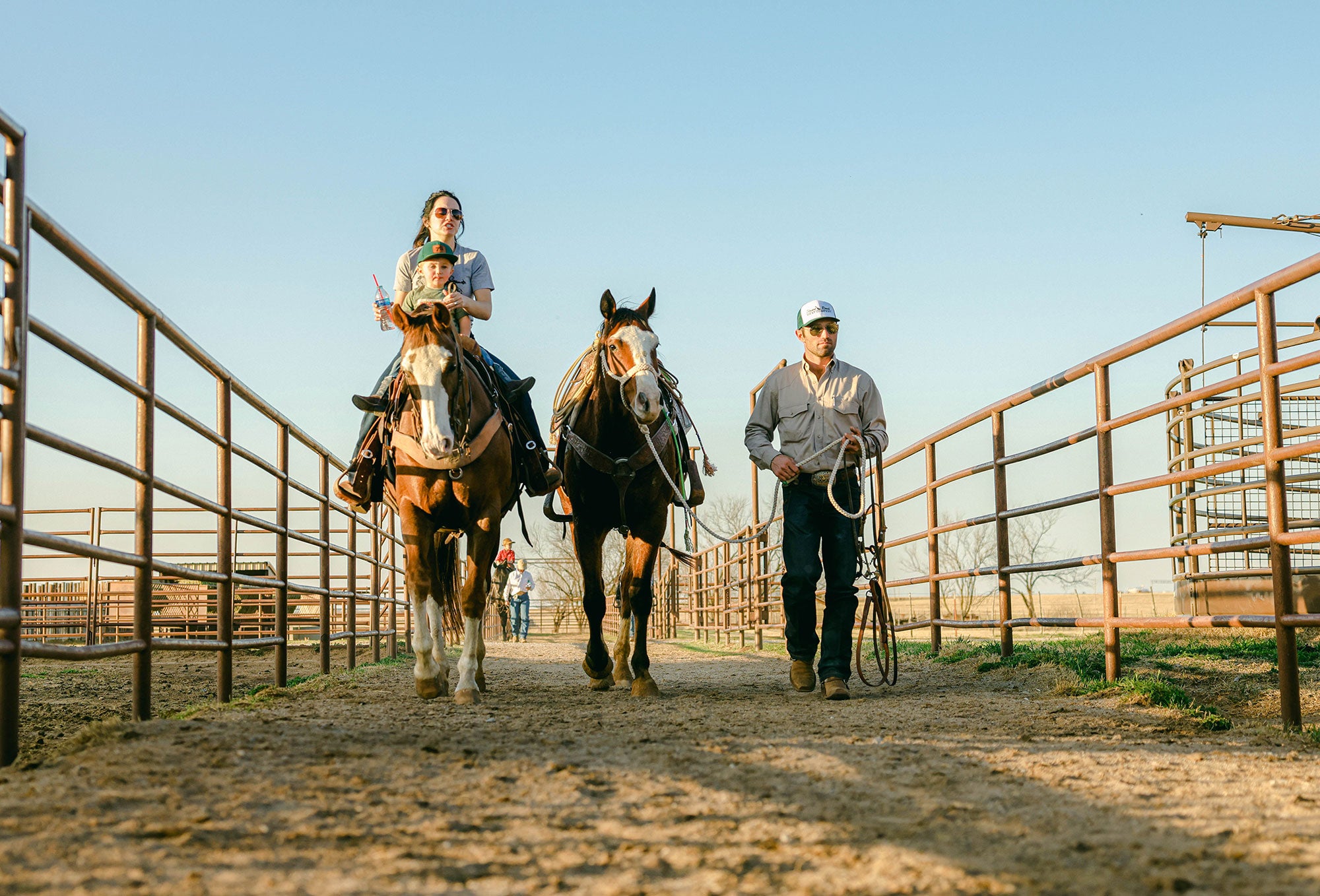Family farms comprise 95 percent of all U.S. farms, according to the 2022 Census of Agriculture Farm Typology report released by the U.S. Department of Agriculture’s National Agricultural Statistics Service.
The farm typology report primarily focuses on the “family farm,” defined as any farm where the majority of the business is owned by the producer and individuals related to the producer. The report classifies all farms into unique categories based on two criteria: who owns the operation and gross cash farm income (GCFI). GCFI includes the producer’s sales of crops and livestock, fees for delivering commodities under production contracts, government payments, and farm-related income.
“Classifying America’s 1.9 million farms to better reflect their variety is critical to evaluating and reporting on U.S. agriculture,” said NASS Administrator Joseph Parsons. “Typology allows us to more meaningfully explore the demographics of who is farming and ranching today as well as their impact on the economy and communities around the country.”
The data shows that small family farms, those farms with a GCFI of less than $350,000 per year, account for 85 percent of all U.S. farms, 39 percent of total land in farms, and 14 percent of the value of all agricultural products sold. Large-scale family farms (GCFI of $1 million or more) make up less than 4 percent of all U.S. farms but produce 51 percent of the value of all agricultural products.

The data also shows that the number of family farms decreased by 8 percent (almost 159,000 farms) since 2017. Mid-size, large, and very large farms experienced increases of 2 percent, 40 percent and 65 percent, respectively. The number of small family farms fell 10 percent (low sales) and 7 percent (moderate sales), respectively.
Other key findings from the 2022 Census of Agriculture Farm Typology report include:
- Farm specialization varied between the farm size groups. The majority (56%) of small farms specialized in cattle (31%) or other crops such as hay and forage production (25%). Over 60,000 (55%) of mid-size farms specialized in grains and oilseeds, while large-scale farms were more varied in production specialization.
- Small family farms account for 44% of all direct sales to consumers, compared to 18% for mid-size family farms and 19 percent for large-scale family farms.
- Compared to producers on mid-size and large-scale family farms, small family farm producers are more likely to be women, age 65 or older, and report living on the farm operation. They were also more likely to report having served in the military, to work off the farm, and to be a new/beginning farmer (farmed 10 years or less).
Access the full farm typology report and additional information such as maps and data highlights on nass.usda.gov. Typology data is also available in the NASS Quick Stats database.


:max_bytes(150000):strip_icc()/BryanJorgensesn-HowtoSelectBetterSeedVarieties-R5A_7313-025_corn-0f6e1cf684454c75bd92722e97d50f5e.jpg)
:max_bytes(150000):strip_icc()/ProblemArtOCT25-a6e1fd0823ff4e1f8d8912ef07a53800.jpeg)
:max_bytes(150000):strip_icc()/ProblemArt-Aug25-355d10643dc54a2bb9e1584f01a4e575.jpeg)



:max_bytes(150000):strip_icc()/101084648_preview-de4749472f174d74b6c39986c8be28d0.jpg)
:max_bytes(150000):strip_icc()/Jon-Kinzenbaw-Jessie-Scottcopy-92cf55b729d445339f4b7189afd6874e.jpg)
:max_bytes(150000):strip_icc()/2208-05-071_farm_grain_bin_silo-453e0ef674bd4e0f97867e1e4281c5dd.jpg)